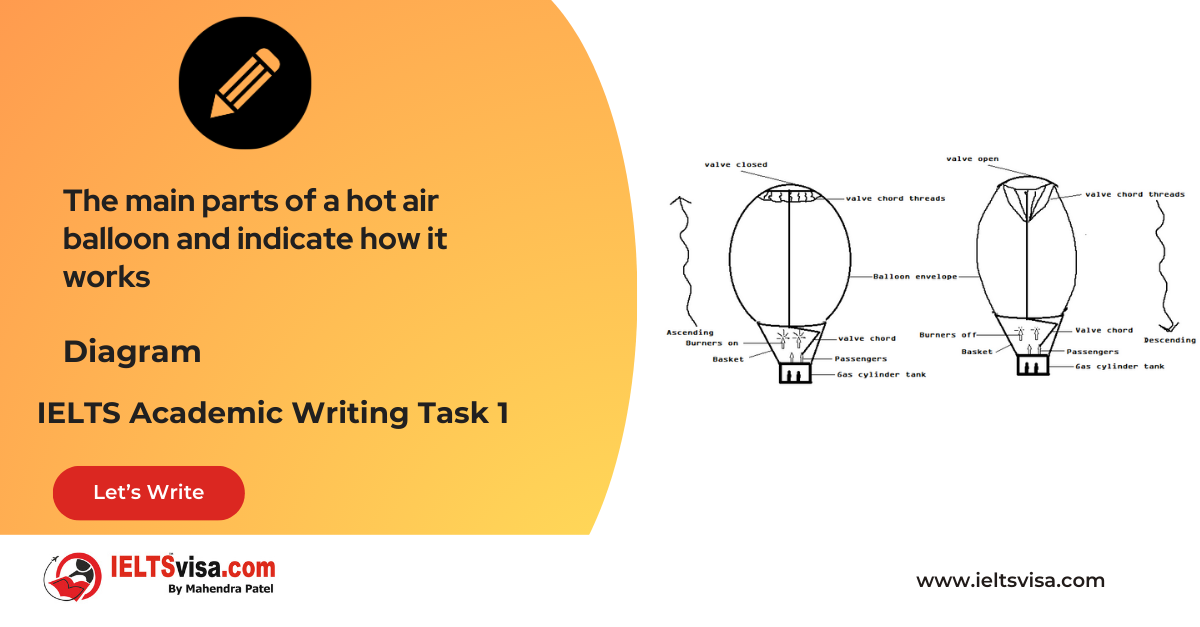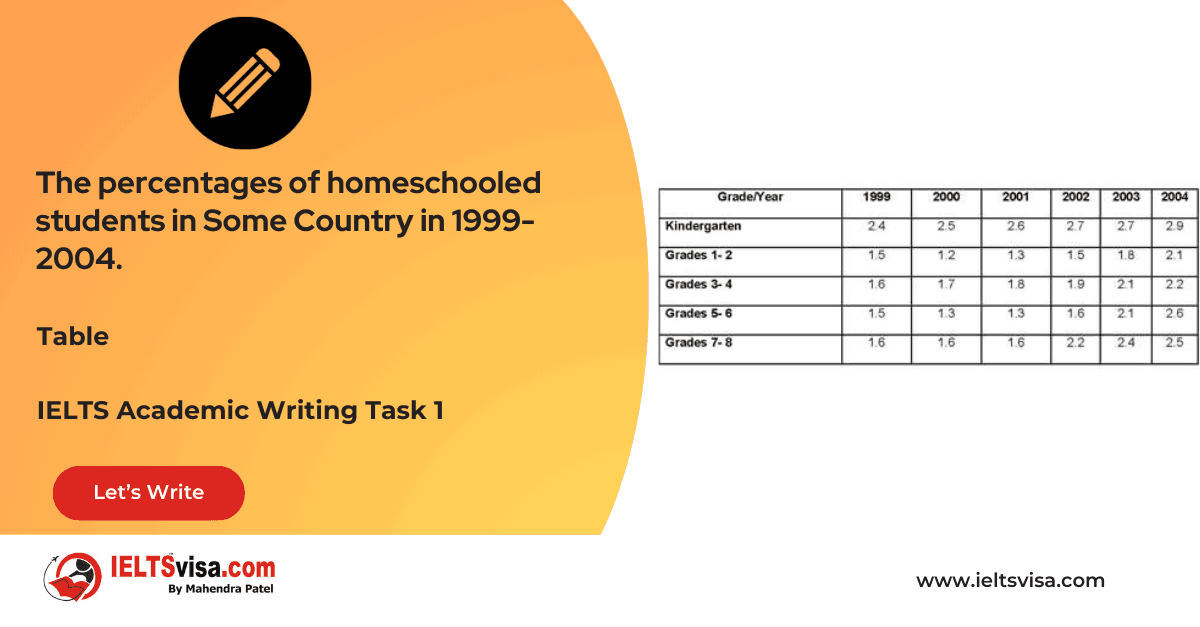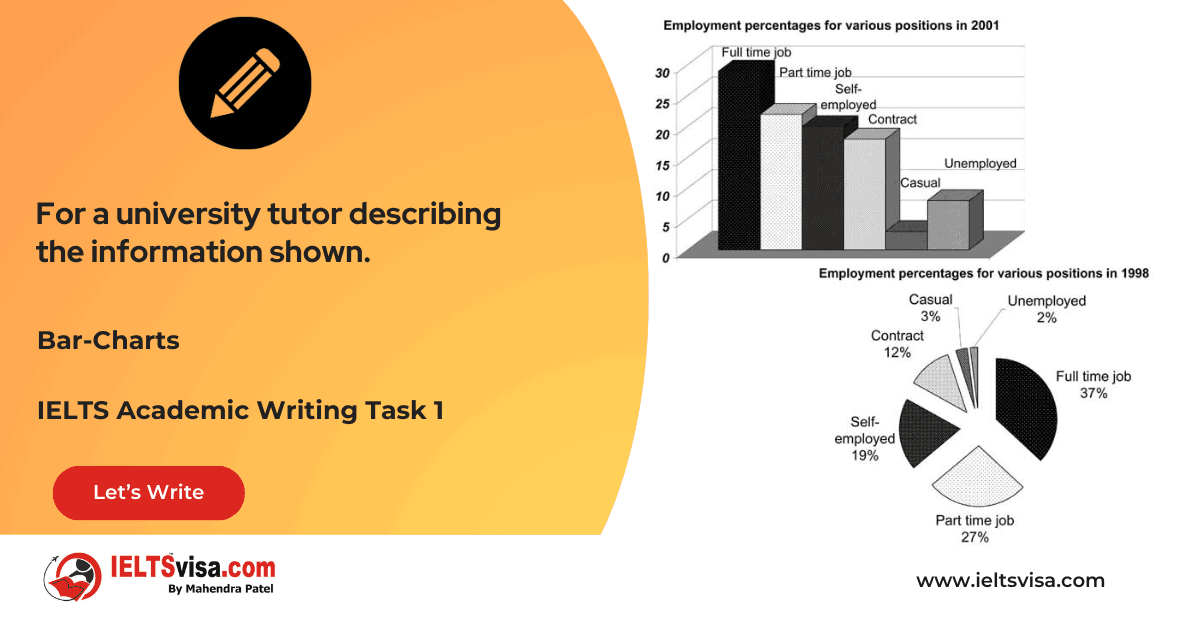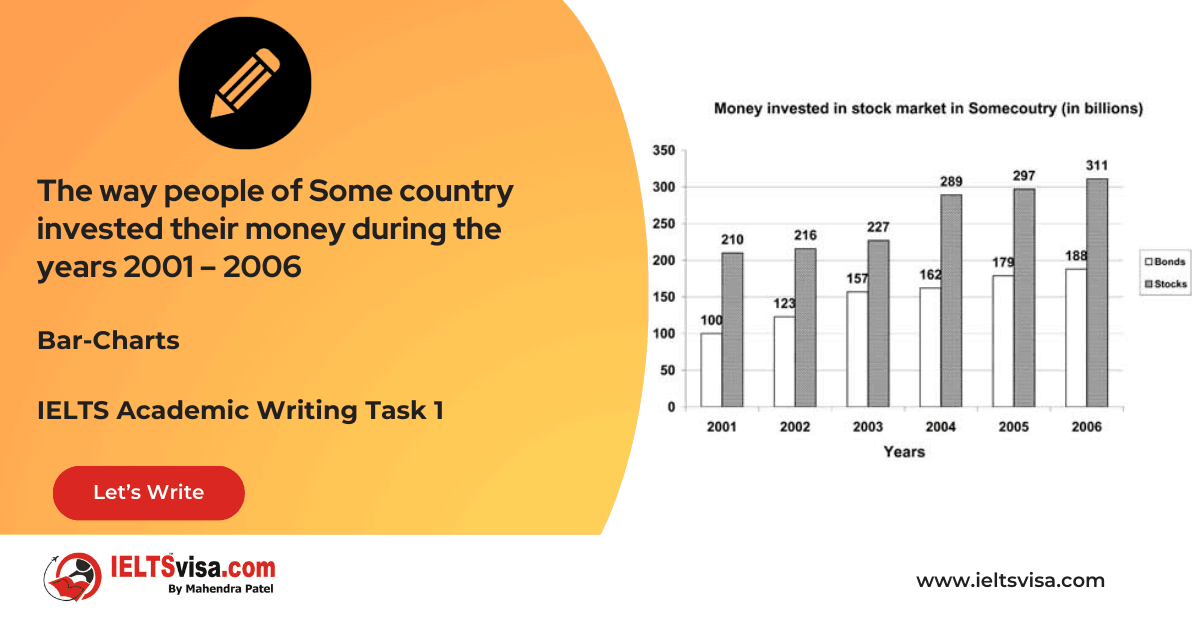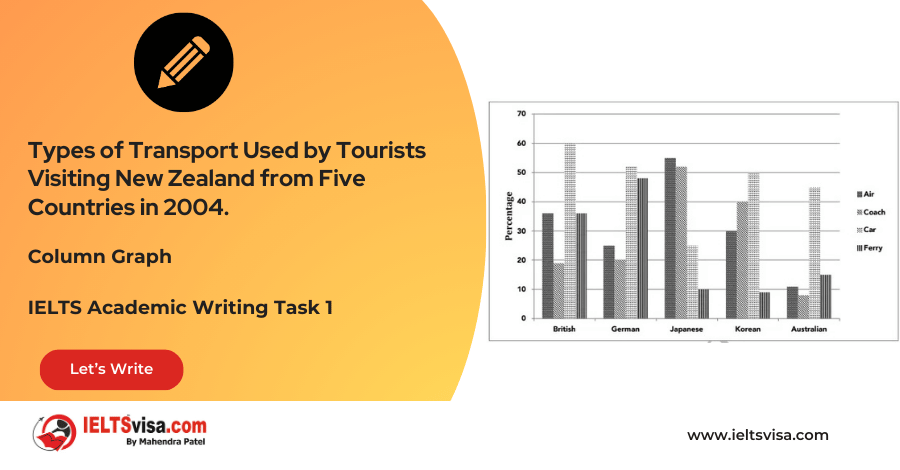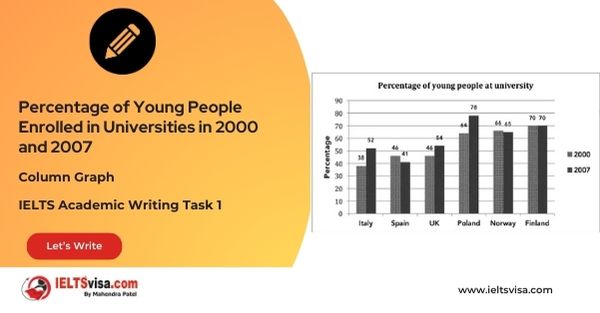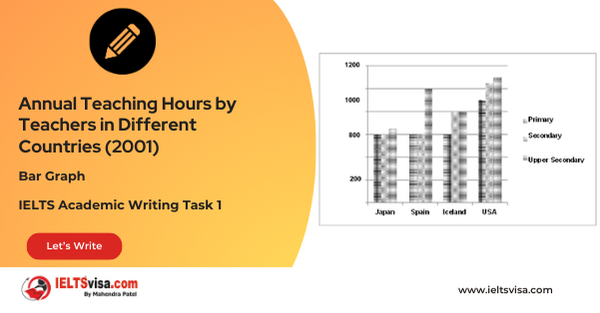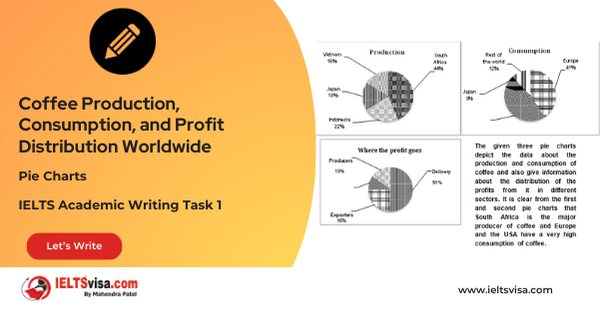Structuring Your Answer into Paragraphs
Cohesion and CoherenceIELTS Academic Writing Task 1
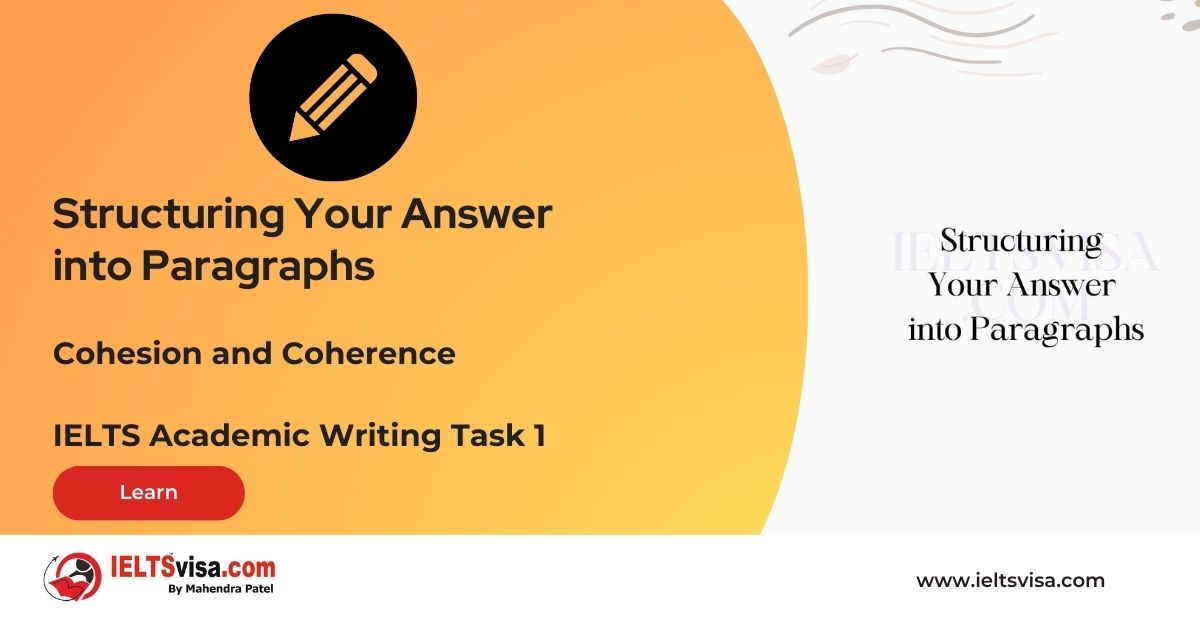
In the IELTS Academic Writing Task 1, it is important to provide accurate information and make comparisons effectively and to present your answer well-structured and coherently. Organising your response into paragraphs helps to improve readability, clarity, and overall cohesion. This article will explore the importance of paragraphing in Task 1 and provide examples and answers to help you master this skill.
Why Paragraphing Matters
Paragraphing is crucial in Task 1 because it allows you to present your ideas in a logical and organized manner. It enhances the flow of your response and helps the reader to follow your analysis easily. By dividing your answer into paragraphs, you create a clear structure that enables you to focus on specific aspects of the data, making your response more coherent and comprehensive.
How to Structure Your Answer into Paragraphs
1. Introduction:
Begin your response with a clear introduction that provides an overview of the visual data. State what the data represents, mention any significant trends or patterns, and outline the main features you will discuss in your answer. The introduction should be concise but informative, setting the stage for the rest of your response.
2. Overview Paragraph:
Following the introduction, dedicate a separate paragraph to providing an overview of the key features of the data. Summarize the main points or trends that you will discuss in detail later. This paragraph serves as a roadmap for the reader, giving them a preview of the information you will cover.
3. Detailed Analysis Paragraphs:
In the subsequent paragraphs, analyze the data in more detail. Focus on specific aspects or categories and provide supporting information or comparisons. Each paragraph should address a particular feature or trend and include relevant data or figures. Make sure to use cohesive devices and appropriate linking words to connect ideas and create a smooth transition between paragraphs.
No Conclusion: No conclusion in Writing Task 1.
Examples and Answers
To illustrate the importance of structuring your answer into paragraphs, let’s consider a sample question and a model answer that demonstrates the effective use of paragraphing.
Question:
The line graph below shows the sales of three different smartphone brands over a period of five years.
[Insert Line Graph]
Model Answer (Structured into Paragraphs):
Introduction:
The line graph illustrates the sales performance of three smartphone brands (A, B, and C) from 2015 to 2019.
Overview:
Overall, Brand A experienced a steady increase in sales throughout the given period, while Brand B had fluctuating sales, and Brand C witnessed a decline in sales.
OR
Overview:
Brand A demonstrated a consistent growth in sales over the five-year period, while Brand B experienced fluctuations but managed to recover gradually. Brand C, unfortunately, faced a continuous decline in sales
Detailed Analysis Paragraph 1:
In 2015, Brand A had the highest sales among the three brands, with approximately 2 million units sold. Brand B and Brand C had similar sales figures, both around 1.5 million units.
Detailed Analysis Paragraph 2:
Over the next two years, Brand A’s sales continued to grow steadily, reaching a peak of 3.5 million units in 2017. On the other hand, Brand B experienced fluctuations in sales, with a significant drop to 1 million units in 2016, followed by a gradual recovery. Brand C, however, experienced a consistent decline in sales, dropping to around 500,000 units in 2017.
Detailed Analysis Paragraph 3:
From 2017 to 2019, Brand A maintained its leading position in terms of sales, hovering around 3 million units. Brand B’s sales showed slight improvement, reaching approximately 2 million units by 2019. In contrast, Brand C’s sales continued to decline, hitting a low point of around 300,000 units.
By structuring the answer into paragraphs, this model response effectively presents the information clearly and organised. Each paragraph focuses on specific aspects of the data, making it easier for the reader to comprehend the analysis. The paragraphs are connected through cohesive devices and provide a logical progression of ideas.
Mastering the skill of paragraphing in IELTS Academic Writing Task 1 will greatly enhance the coherence and readability of your response. By following the suggested structure and practising with various visual data, you will develop the ability to present your ideas in a well-organized manner that impresses the examiner. Remember to include an introduction, overview, detailed analysis paragraphs, and a conclusion to create a cohesive and coherent response. With practice, you will be able to effectively structure your answer and achieve success in the IELTS exam.




Our Books
Master IELTS Speaking Part 1
IELTS Writing Task 1 Book
IELTS Writing Task 2 Book
Practice IELTS Other Modules
IELTS Listening
The IELTS Listening test assesses how well you can understand spoken English in various contexts. It lasts about 30 minutes and is divided into four sections with a total of 40 questions. The listening tasks become increasingly difficult as the test progresses.
IELTS Academic Reading
The IELTS Academic Reading section assesses your ability to understand and interpret a variety of texts in academic settings. It is designed to evaluate a range of reading skills, including skimming for gist, reading for main ideas, reading for detail, understanding inferences, and recognizing a writer's opinions and arguments.
IELTS Speaking
The IELTS Speaking test assesses your ability to communicate in English on everyday topics. It lasts 11-14 minutes and consists of three parts: introduction, cue card, and a discussion based on the cue card topic.
IELTS General Reading
IELTS General Reading tests your ability to understand and interpret various types of texts. Here are some key areas and types of content you can expect to encounter in the reading section, along with tips for effective preparation.
IELTS Academic Writing Task 1
In IELTS Academic Writing Task 1, you are presented with a visual representation of information, such as graphs, charts, tables, or diagrams, and you are required to summarize, compare, or explain the data in your own words.
IELTS General Writing Task 1
In IELTS General Writing Task 1, you are required to write a letter based on a given situation. The letter can be formal, semi-formal, or informal, depending on the prompt. Here’s a breakdown of the key components to include in your letter
IELTS Academic Writing Task 2
In IELTS Academic Writing Task 2, you are required to write an essay in response to a question or topic. Here’s a guide to help you understand the essential elements of this task
IELTS Exam Tips
To succeed in the IELTS exam, practice regularly, familiarize yourself with the test format, improve your vocabulary, develop time management skills, and take mock tests to build confidence.
Grammer for IELTS
Grammar is the foundation of effective communication in English. Understanding tense usage, subject-verb agreement, and sentence structure enhances clarity and coherence in writing and speaking.
Vocabulary for IELTS
Vocabulary plays a crucial role in the IELTS (International English Language Testing System) exam, especially in the Speaking and Writing sections. Here’s an overview of why vocabulary is important and how it impacts your performance
RECENT IELTS SAMPLES QUESTIONS AND ANSWERS
Task 1 – Diagram – A conference hall built in 1981 and planned for 2020
20:00 Start Pause Stop [df_adh_heading title_infix="IELTS Writing Task 1 Question" use_divider="on"...
Task 1 – Table – The percentages of homeschooled students in Some Country in 1999-2004.
20:00 Start Pause Stop [df_adh_heading title_infix="IELTS Writing Task 1 Question" use_divider="on"...
Task 1 – Table – For a university tutor describing the information shown.
20:00 Start Pause Stop [df_adh_heading title_infix="IELTS Writing Task 1 Question" use_divider="on"...
Task 1 – Bar-Charts – The way people of Some country invested their money during the years 2001 – 2006
20:00 Start Pause Stop [df_adh_heading title_infix="IELTS Writing Task 1 Question" use_divider="on"...
Task 1 – Diagram – Rainwater Harvesting and Conversion to Drinking Water in an Australian Town.
20:00 Start Pause Stop [df_adh_heading title_infix="IELTS Writing Task 1 Question" use_divider="on"...
Task 1 – Column graph – Percentage of Young People Enrolled in Universities in 2000 and 2007.
20:00 Start Pause Stop [df_adh_heading title_infix="IELTS Writing Task 1 Question" use_divider="on"...
Task 1 – Bar Graph – Annual Teaching Hours by Teachers in Different Countries (2001)
20:00 Start Pause Stop [df_adh_heading title_infix="IELTS Writing Task 1 Question" use_divider="on"...
Task 1 – Pie Charts – Coffee Production, Consumption, and Profit Distribution Worldwide
20:00 Start Pause Stop [df_adh_heading title_infix="IELTS Writing Task 1 Question" use_divider="on"...
Task 1 – Column graph – Types of Transport Used by Tourists Visiting New Zealand from Five Countries in 2004.
20:00 Start Pause Stop [df_adh_heading title_infix="IELTS Writing Task 1 Question" use_divider="on"...

